Does this sound familiar?
“My child gives up as soon as something feels tricky.”
“I don’t want to push them too hard, but I know they’re capable of more.”
If so, mindset might be the missing puzzle piece.
In this bite-sized post – the second in my growth mindset series – I’ll show you how to introduce and begin to develop growth mindset with your child in simple, everyday ways. You’ll also find a free printable activity and ideas to help your child start building their growth mindset at home.
Affiliate Disclosure: This post may contain affiliate links. This means that I may receive a small commision – at no cost to you – if you make a purchase through these links. Thank you for your support!
How Mindset Affects Learning
Mindset is a game-changer when it comes to learning.
Children with a fixed mindset often avoid challenges, fear mistakes, and compare themselves to others. But children with a growth mindset? They’re far more likely to:
✔️ Keep going when something’s hard
✔️ Try new strategies
✔️ Believe they can improve
✔️ Step out of their comfort zones and try new things
Real-Life Example
Maya, one of the children I tutor, has struggled with maths since she started school. She’d often say, “I’m bad at maths,” and her mum heard it at home too. It was heartbreaking.
Each week, we did little mindset-building activities together. Before long, Maya began saying things like, “This is quite tricky, but I think I can figure it out if I keep trying.”
She started using number lines and place value resources on her own and asking more questions. Her confidence has now taken root – and it’s growing beautifully!
How to Introduce Growth Mindset to Your Child
Here are a few gentle ways to begin exploring mindset at home:
- Talk about things that grow like plants, animals, and people. Say, “Even our brains can grow! Your brain is like a muscle. It gets stronger when you use it.”
- Share your own challenges to show that everyone struggles sometimes. For example:
“I made a mistake at work today—but I learned from it and I’ll do it differently next time.”
- Read stories that model perseverance. Try:
🛤️ The Little Engine That Could, by Watty Piper – classic self-belief.
🐢 The Tortoise and the Hare, by Aesop – slow and steady wins the race.
🧸 Goldilocks and the Three Bears, by Robert Southey – not perfect behaviour, but plenty of resilience from the bears!
Explain that everyone has a mindset, and that how we think about things can influence whether we feel confident or defeated. These are called growth and fixed mindsets, and we can choose to grow ours!
Free Printable Growth vs Fixed Mindset Sorting Activity
This fun cut-and-stick activity helps children understand the difference between fixed and growth mindset statements.
Download the printable and talk about the phrases together:
Try these questions as you go:
-
- “Is this a fixed or growth mindset?”
- “What could we say instead?”
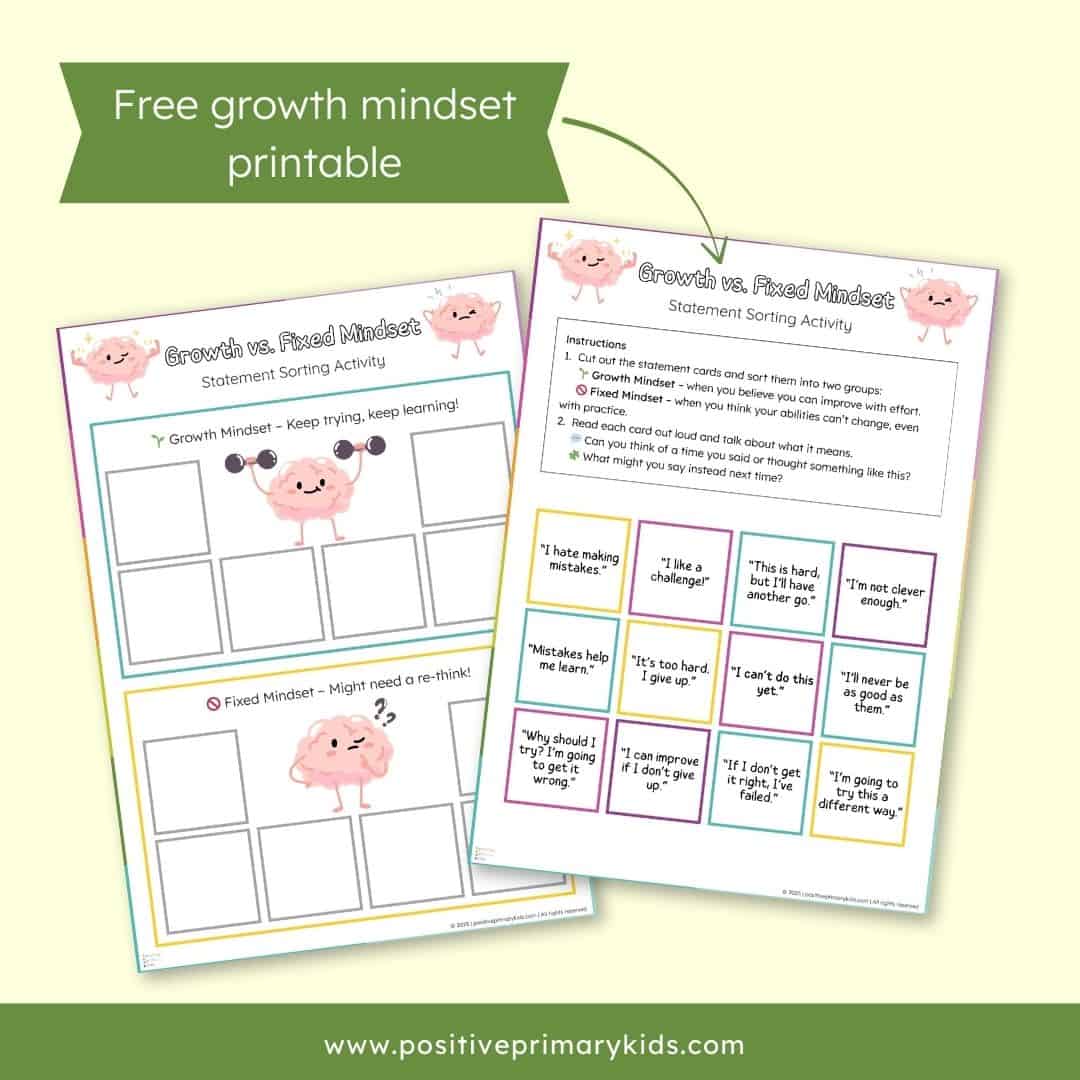
🛠️ Try These Simple Activities at Home
Here are three low-prep ways to nurture a growth mindset in your everyday routine:
💬 Mistake of the Day
At dinner, everyone shares something they got wrong and what they learned from it. Great for normalising mistakes.
🫙 The ‘Yet’ Jar
Write down things your child can’t do yet (like “ride without stabilisers” or “spell ‘elephant’”) and check in on them over time.
🔍 Effort Spotting
Catch your child trying hard and praise the effort, not just the outcome. “You really stuck with that—I’m proud of how you kept going.”
I’d Love Your Ideas!
I hope you’re enjoying this series. Let me know in the comments below if there are any specific growth mindset resources you’d love me to create.
Coming Next Month
For the third post in this series, we’ll dive into how to handle mistakes and failure positively – one of the most important mindset lessons of all. Expect more real-life ideas and another hands-on activity!


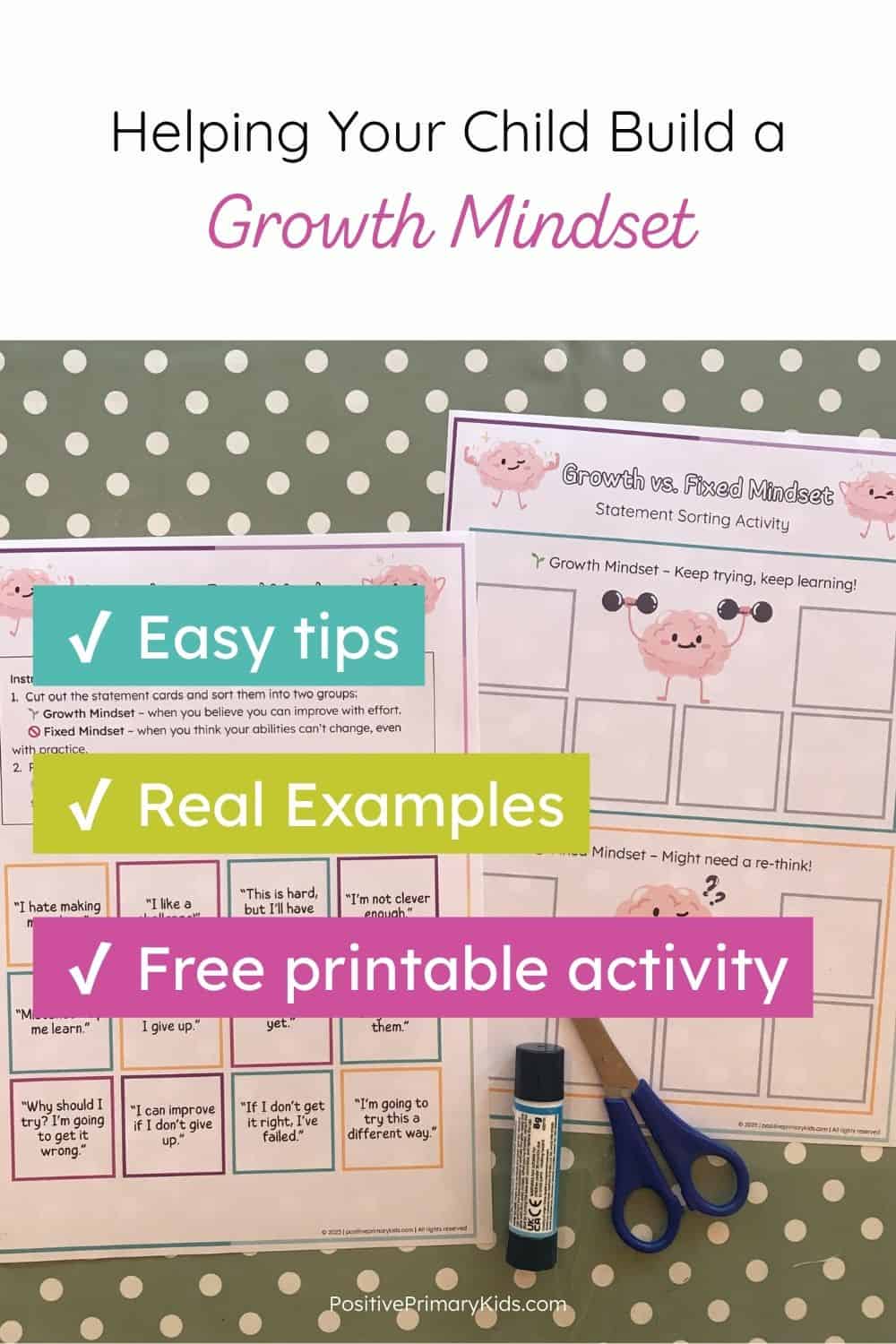


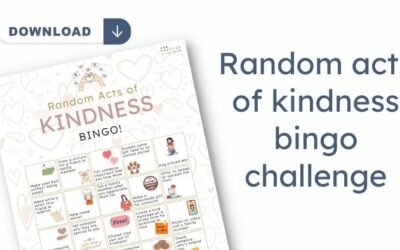

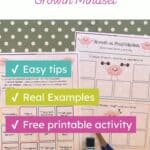
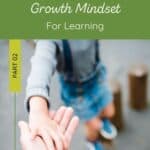

0 Comments